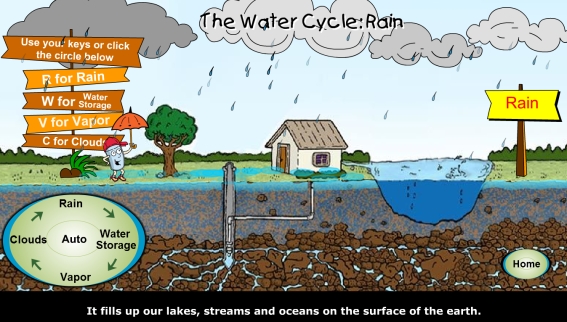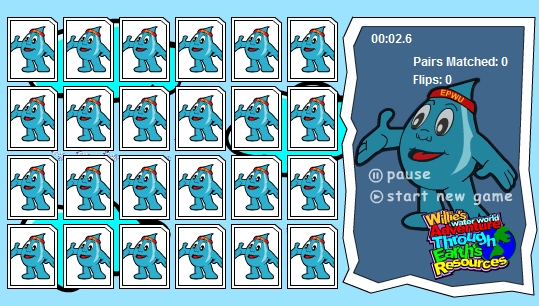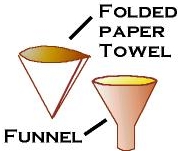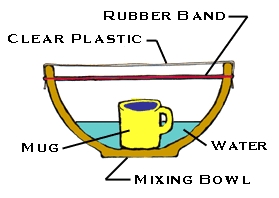Water Filtration Science
Anti gravity water experiment
NASA | Earth Science Week: Water, Water Everywhere!
What is Water Hammer?
Water hammer can have a big impact on your filtration systems and cause damage to vital componentry. Learn more about what it is and how you can prevent it here.
The Story of Drinking Water
Learn more here: http://www.fairfaxwater.org/story_of_water/html/story.htm
Copyright © Fairfax Water
Games
 Thirstin's Water Cycle
Thirstin's Water Cycle
A neat flash game where you control the water cycle
(Copyright © the EPA - Environmental Protection Agency)
 Willie's Water World Memory Game
Willie's Water World Memory Game
Flip over squares to make pairs of water-related images in this flash game
(Copyright © the EPWU - El Paso Water Utilities)
Make a simple sand filter
 One of the steps in making lake water clean and pure is called filtration. How does it work? Try this.
One of the steps in making lake water clean and pure is called filtration. How does it work? Try this.
You will need
- a paper towel
- scissors
- a funnel
- clean sand (from the beach or the sandbox)
- 2 clear glasses or jars
- a spoon
- water
- dirt from the back yard
- Cut a circle from the paper towel. Fold it in half, then in half again.
- Open the folded circle a little to make a paper cone.
- Put the cone inside the funnel and set the funnel in one of the glasses or jars.
- Fill the cone with clean sand.
- Fill the other jar with water. Add 3 or 4 spoonfuls of dirt to the water and stir it.
- Slowly pour the muddy water into the sand in the funnel.
- Look at the water coming out of the funnel.
The funnel filled with sand is a filter. What happened to the dirt as the muddy water passed through the filter? Is the water in the bottom jar clear? Or is it still a little bit muddy? If it still looks muddy, the dirt particles were small enough to pass through the spaces between the sand in the filter.
That's why more than one kind of filtration is used at the water treatment plant. Do you think your sand filter would remove germs from the water? (Hint: how big are germs?)
(Copyright © Monroe County Water Authority)
Make a miniature water cycle
 The sun's heat makes water evaporate from streams, lakes, rivers, and oceans. The water vapor rises. When it reaches cooler air, it condenses to form clouds. When the clouds are full of water, or saturated, they release some of the water as rain.
The sun's heat makes water evaporate from streams, lakes, rivers, and oceans. The water vapor rises. When it reaches cooler air, it condenses to form clouds. When the clouds are full of water, or saturated, they release some of the water as rain.
This process is called the water cycle.
You will need
- a large metal or plastic bowl
- a pitcher or bucket
- a sheet of clear plastic wrap
- a dry ceramic mug (like a coffee mug)
- a long piece of string or large rubber band
- water
- Put the bowl in a sunny place outside.
- Using the pitcher or bucket, pour water into the bowl until it is about ¼ full.
- Place the mug in the center of the bowl. Be careful not to splash any water into it.
- Cover the top of the bowl tightly with the plastic wrap.
- Tie the string around the bowl to hold the plastic wrap in place.
- Watch the bowl to see what happens.
The "mist" that forms on the plastic wrap will change into larger drops of water that will begin to drip. (You can speed up the dripping by carefully moving the bowl – don't splash! – into the shade.) When this happens, continue watching for a few minutes, then carefully peel back the plastic. Is the coffee mug still empty? Water from the "ocean" of water in the bowl evaporated. It condensed to form misty "clouds" on the plastic wrap. When the clouds became saturated it "rained" into the mug.
(Copyright © Monroe County Water Authority)













